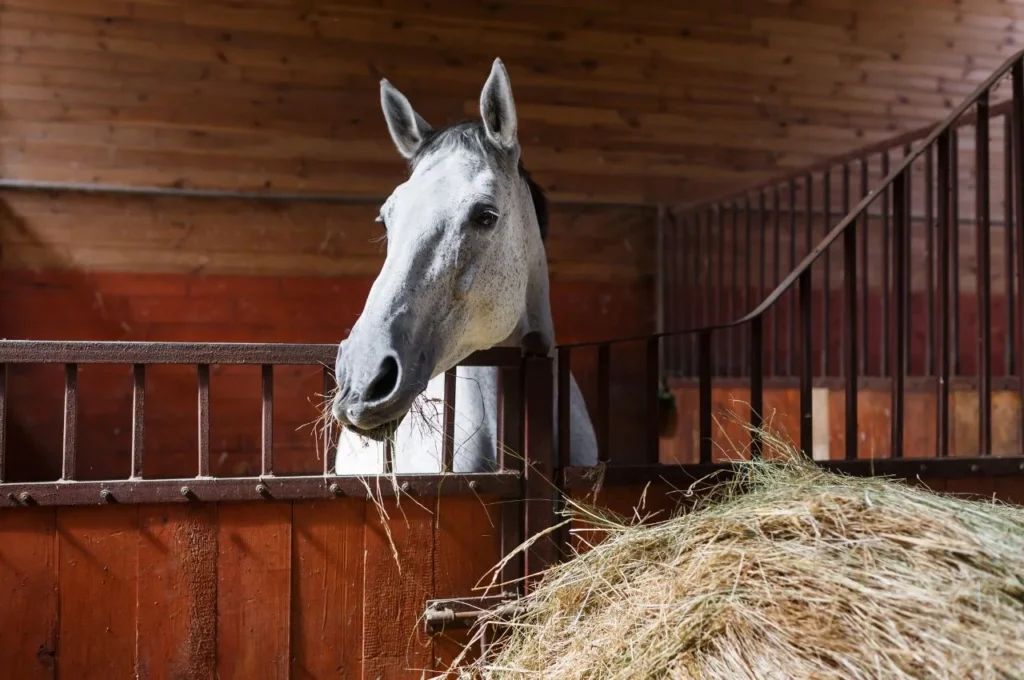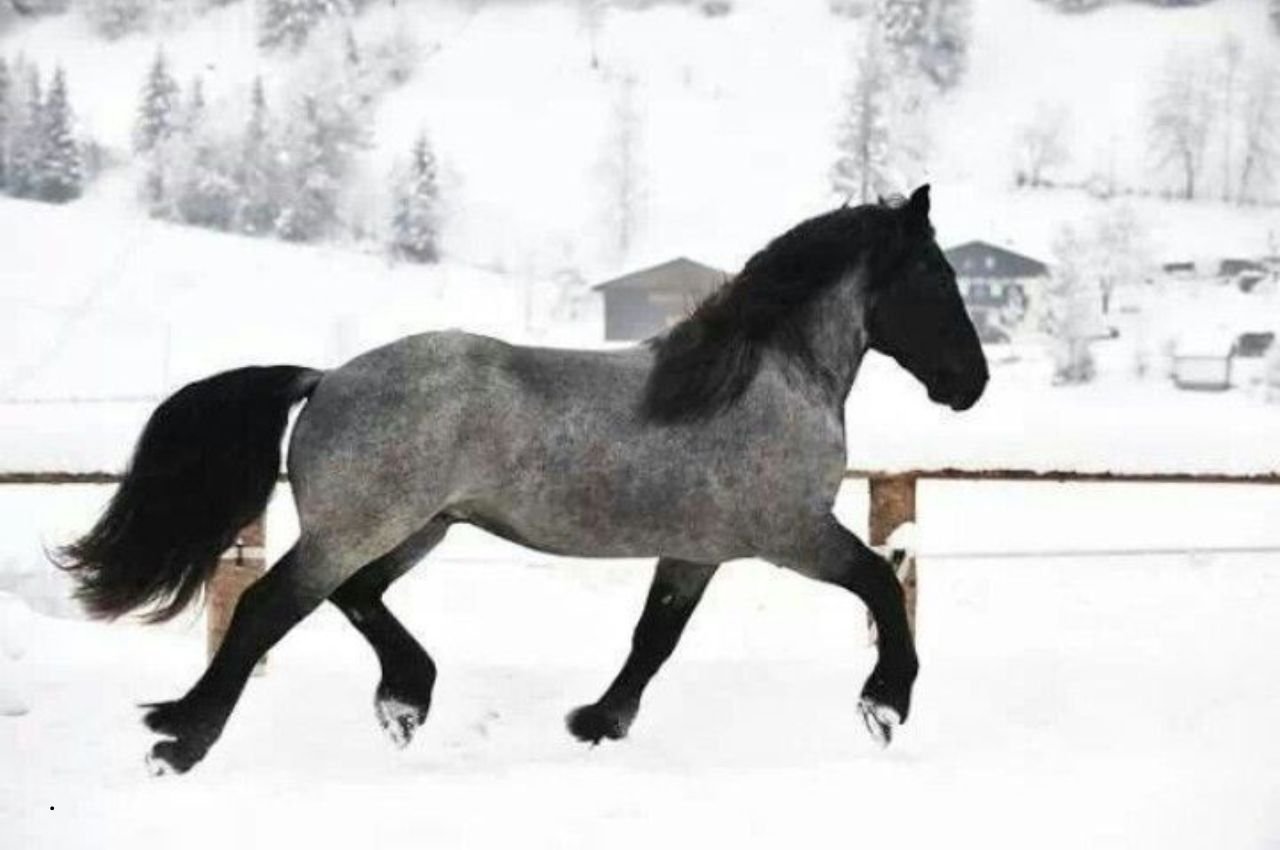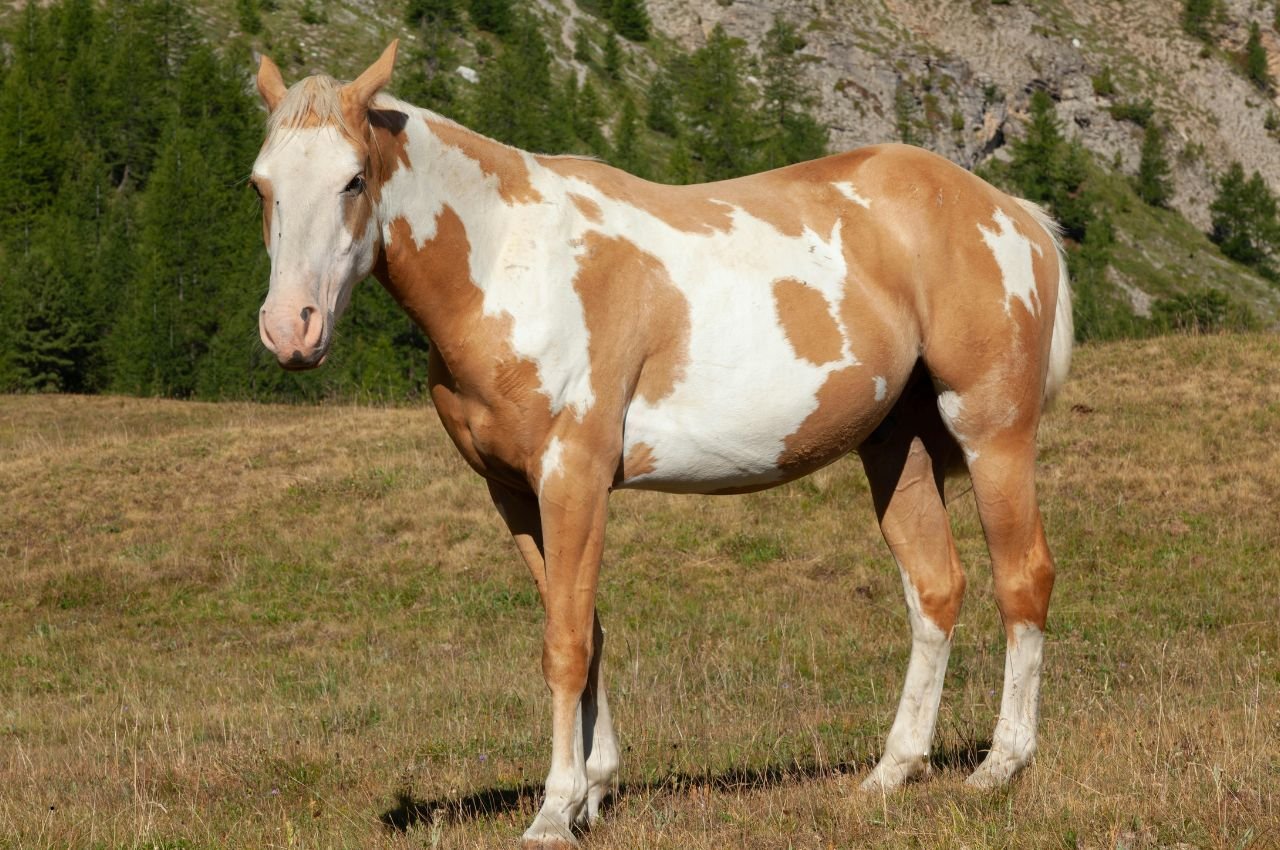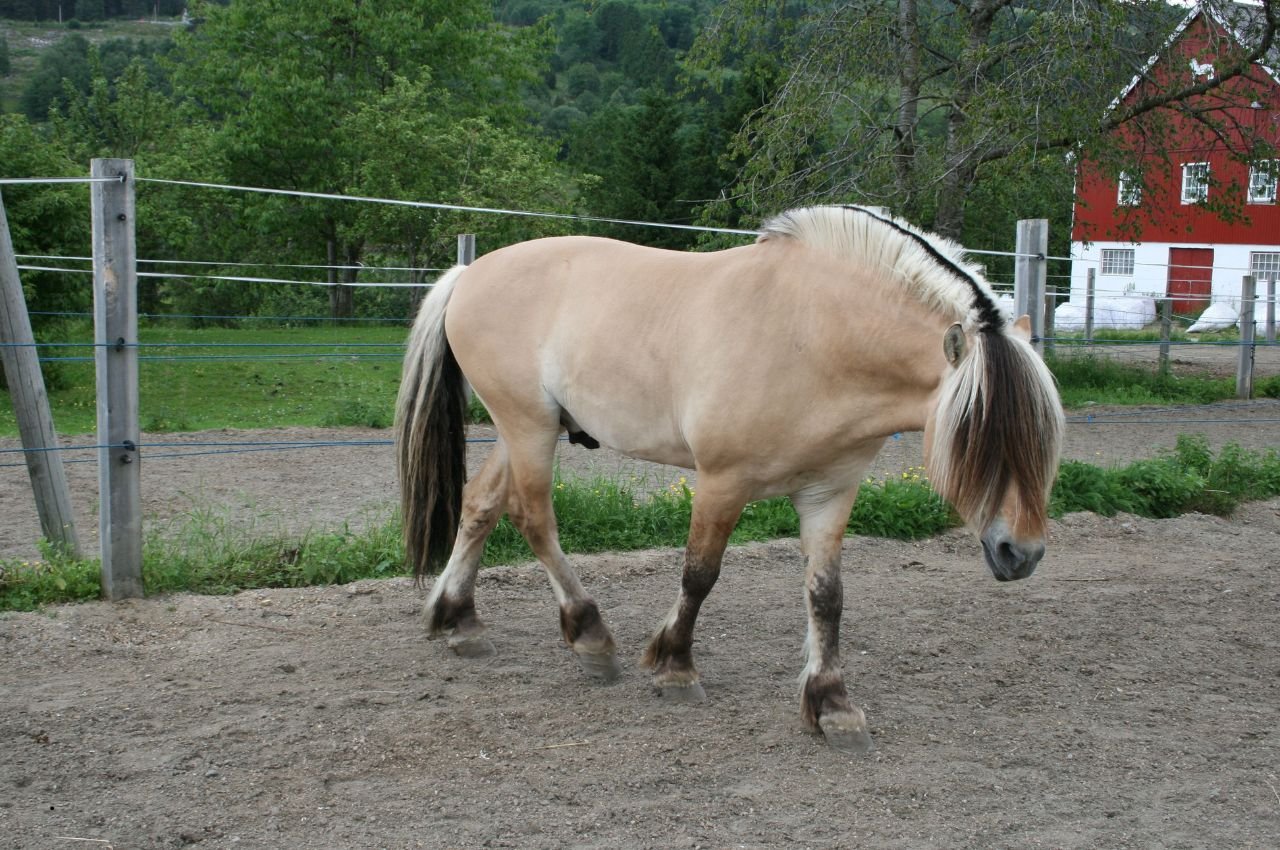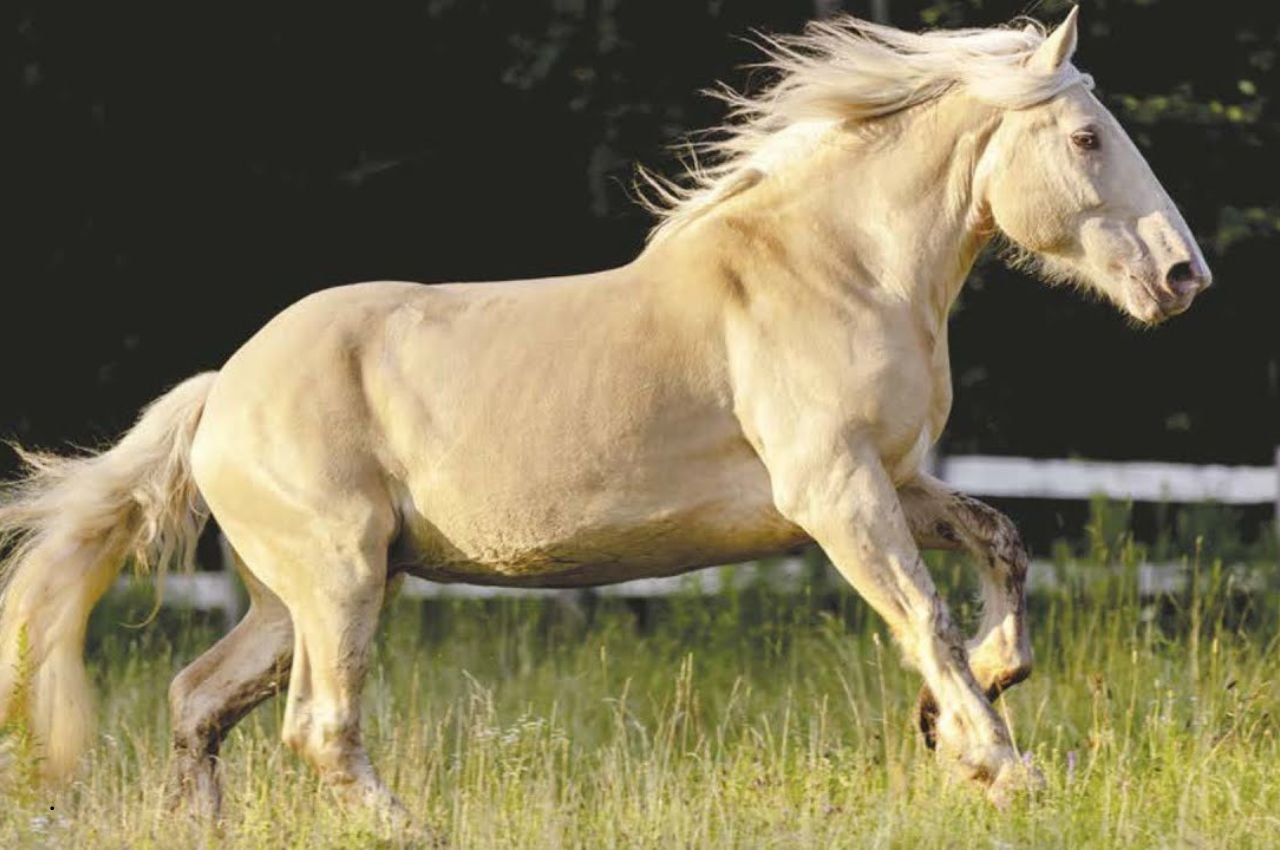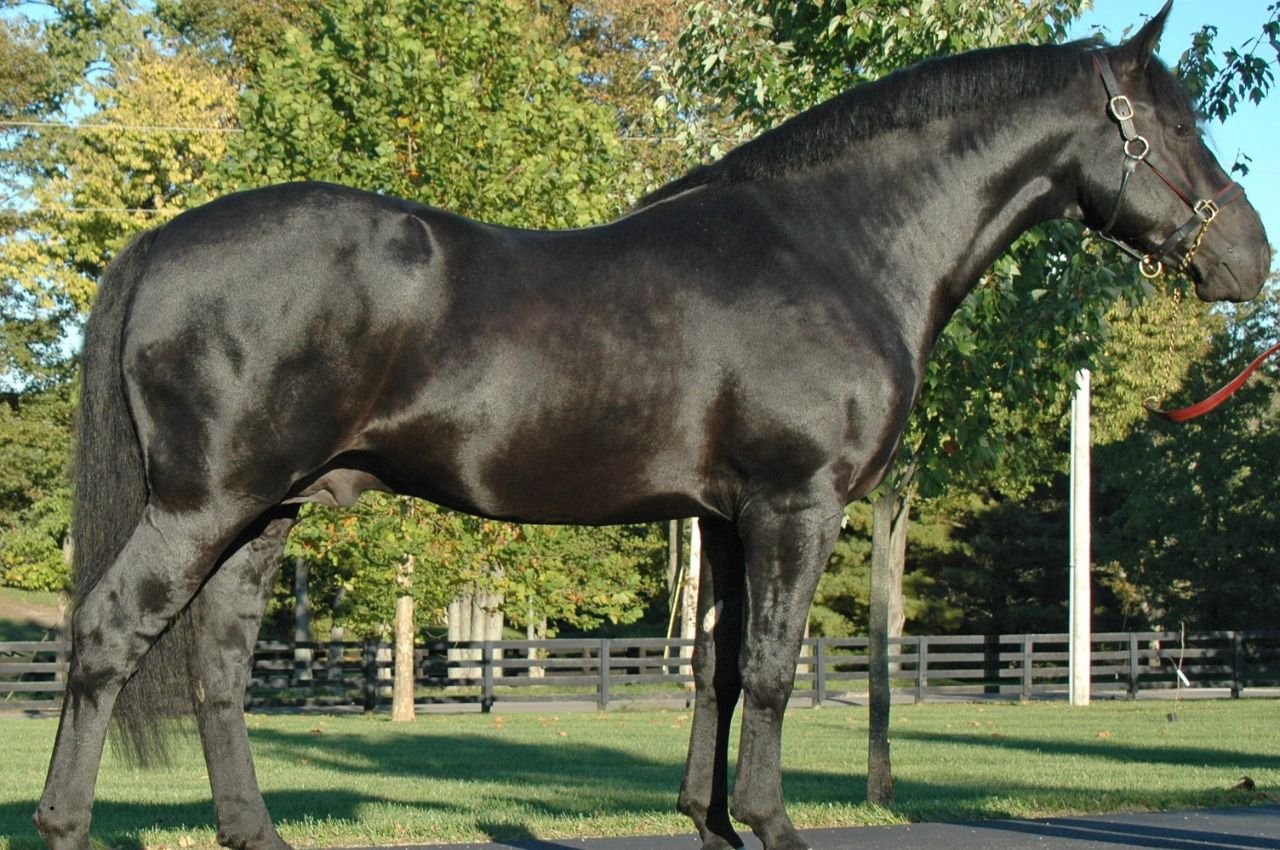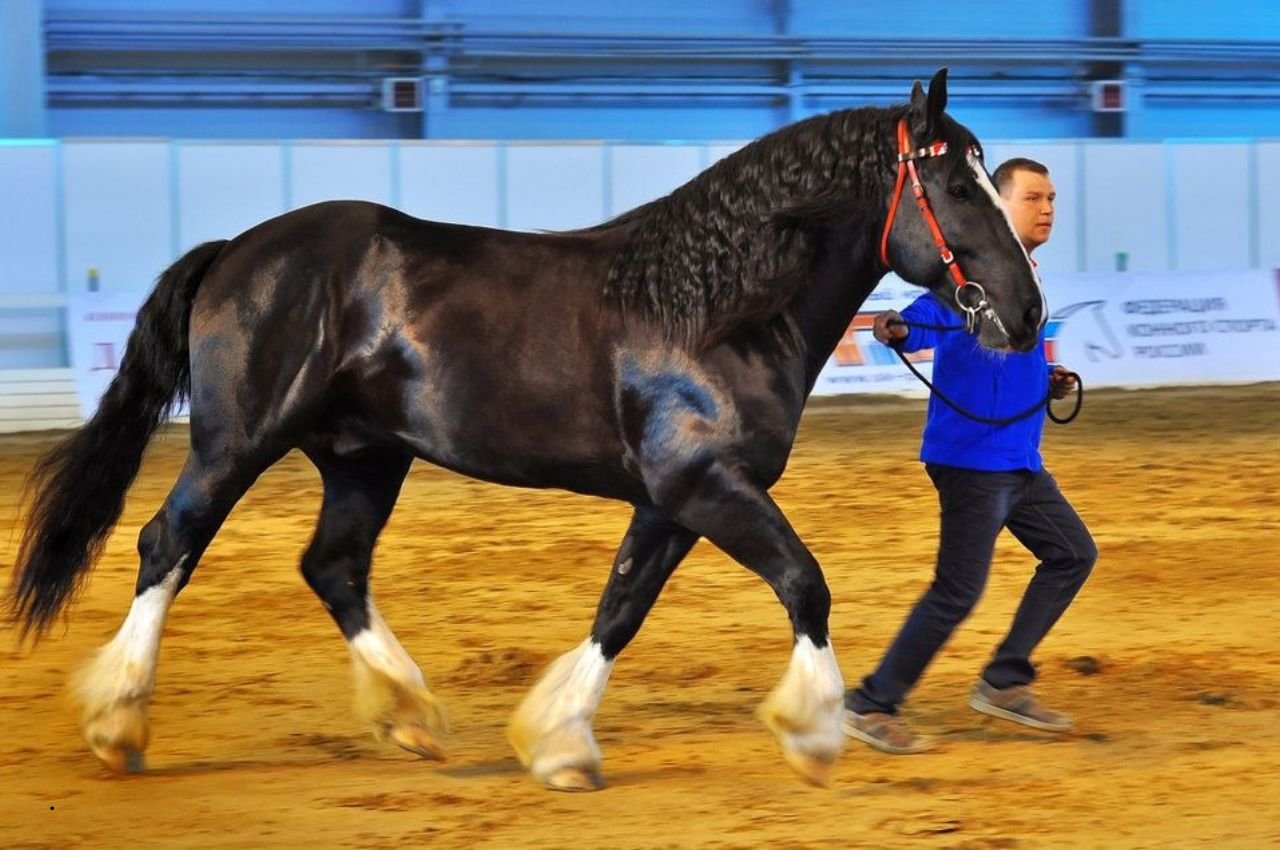Why Knowing How to Choose Horse Hay Is Important
If you have a horse, you know how important it is to feed them good hay. Hay is the main food for most horses, and the right kind helps keep your horse healthy, strong, and happy. But how do you choose the best hay? There are many types and qualities of hay, so it can be confusing. This guide will give you 7 powerful positive tips on how to choose horse hay so you can pick the best food for your horse. Let’s get started!
Table of Contents
1. Know the Different Types of Horse Hay
There are two main types of hay to choose from: grass hay and alfalfa hay.
- Grass hay comes from plants like timothy, orchard grass, or bromegrass. It is high in fiber and easy to digest.
- Alfalfa hay is richer in protein and calcium, making it great for young, pregnant, or working horses.
Choosing the right type depends on your horse’s age, health, and activity level.
2. Look for Fresh and Green Hay
Fresh hay looks green or light brown and smells sweet. This means it has good nutrients. Hay that looks gray, black, or brown might be old or spoiled. If hay smells musty, dusty, or sour, avoid it because it can make your horse sick.
3. Feel the Texture of the Hay
Good hay should feel soft and leafy. If the hay feels dry and crumbly or too thick and stemmy, it has less nutrition. Wet or moldy hay should never be fed to horses because it can cause illness.
4. Avoid Dust and Mold in Hay
Dusty or moldy hay can cause breathing problems in horses. Look closely for white or black mold spots and dusty powder. Always pick clean hay that is free from dust and mold to keep your horse healthy.
5. Match Hay to Your Horse’s Special Needs
Different horses have different needs. Older horses may need softer hay that is easier to chew. Young foals and working horses usually require more protein-rich hay like alfalfa. Horses with allergies or stomach problems may need low-dust hay or special types. Talk to a vet for advice about your horse’s needs.
6. Test Hay Before Buying Large Quantities
Before buying a big bale, buy a small sample. Feed it to your horse and watch if they like it. Some horses are picky and will refuse certain hay types. Testing helps you avoid wasting money on hay your horse won’t eat.
7. Consider Nutritional Content of Hay
Hay is an important source of fiber, protein, vitamins, and minerals. Fiber helps your horse’s digestion, and protein helps build muscles. If possible, ask the hay seller for a nutritional test report. This shows what the hay contains and helps you make a better choice.
8. Store Hay Properly to Keep It Fresh
Once you buy hay, store it in a dry, cool place. Keep hay off the ground on pallets or racks, and cover it to protect from rain and moisture. Proper storage keeps hay fresh and prevents mold growth.
9. Buy Hay From Trusted Farmers or Stores
Buying hay from reliable sources ensures good quality. Farmers or feed stores that care about their hay will store and handle it properly. They can also give you helpful advice about which hay suits your horse best.
10. Observe Your Horse’s Health After Feeding New Hay
After giving your horse new hay, watch for changes. A healthy horse has a shiny coat, good energy, and normal poop. If your horse coughs, loses weight, or has stomach problems, the hay might not be right. Consult your vet if you notice any problems.
Comparison Chart: Grass Hay vs. Alfalfa Hay
| Feature | Grass Hay | Alfalfa Hay |
|---|---|---|
| Main Plants | Timothy, Orchard, Bromegrass | Alfalfa (Legume) |
| Fiber Content | High | Moderate |
| Protein Content | Moderate | High |
| Calcium Content | Low | High |
| Best For | Regular horses, easy keepers | Growing, working, or pregnant horses |
| Price | Usually less expensive | Usually more expensive |
| Risk of Colic | Lower | Higher if fed in excess |
FAQs About How to Choose Horse Hay
1. What is the best hay for horses?
No schema found.No schema found.It depends on your horse. Grass hay is good for most horses, while alfalfa hay is better for young, pregnant, or working horses.
2. How can I tell if hay is fresh?
Fresh hay looks green or light brown and smells sweet. Avoid hay that is gray, black, dusty, or smells sour.
3. Can horses eat moldy hay?
No. Moldy hay can cause sickness and breathing problems.
4. How much hay does a horse eat every day?
On average, horses eat about 1.5-2% of their body weight in hay daily.
5. How should I store hay?
Keep hay dry, cool, and off the ground. Cover it to protect from rain.
6. Can I mix grass hay and alfalfa hay?
Yes! Mixing both can give a balanced diet with fiber and protein.
Make Smart Choices for Healthy Horses
Knowing how to choose horse hay is important for your horse’s health. By following these 7 powerful tips — understanding hay types, checking freshness, avoiding mold, matching hay to your horse’s needs, testing hay, considering nutrition, and storing hay properly — you can feed your horse the best. Always watch your horse’s health and buy hay from trusted sources. Healthy hay means a happy horse!

